The Dutch cheese market is a cornerstone of the Netherlands' agricultural and culinary identity, deeply rooted in centuries of tradition. Known globally for its high-quality dairy products, the Netherlands has perfected the art of cheese-making, producing varieties that are celebrated both domestically and internationally. From the iconic Gouda and Edam to lesser-known regional specialties, Dutch cheeses offer a diverse range of flavors and textures that cater to every palate. The market is not just a commercial enterprise but a cultural heritage, with cheese markets in cities like Alkmaar and Gouda attracting tourists eager to witness the time-honored trading rituals.
The historical significance of Dutch cheese cannot be overstated. Dating back to the Middle Ages, cheese-making was a vital part of the Dutch economy, with farmers relying on it as a primary source of income. The fertile pastures and favorable climate of the Netherlands provided ideal conditions for dairy farming, allowing the country to become a leading exporter of cheese. Today, the Dutch cheese market continues to thrive, blending traditional methods with modern innovations to meet the demands of a global audience. The country's commitment to quality and sustainability ensures that its cheeses remain competitive in an increasingly crowded marketplace.
One of the most fascinating aspects of the Dutch cheese market is its unique trading culture. In towns like Alkmaar, the traditional cheese market is a spectacle of color and activity, with cheese carriers dressed in white uniforms and straw hats transporting massive wheels of cheese on wooden sledges. These markets are not just for show; they are a living tradition that preserves the methods of weighing, inspecting, and bargaining that have been used for centuries. Visitors can watch as expert cheesemongers assess the quality of the cheese by tapping it and taking a small sample, a practice known as "cheese tasting." This immersive experience offers a glimpse into the rich history and craftsmanship behind Dutch cheese.
While Gouda and Edam are the most internationally recognized Dutch cheeses, the country boasts a wide array of regional varieties. Each region has its own unique recipes and techniques, resulting in cheeses with distinct characteristics. For example, Leyden cheese, spiced with cumin, offers a bold and aromatic flavor, while Frisian cheese, made in the northern province of Friesland, is known for its firm texture and slightly salty taste. Artisanal producers are also gaining prominence, creating small-batch cheeses that highlight local ingredients and traditional methods. This diversity ensures that the Dutch cheese market has something to offer for every taste preference, from mild and creamy to sharp and aged.
The Dutch cheese market is also adapting to contemporary trends, with a growing emphasis on sustainability and organic production. Many farmers are transitioning to organic dairy farming, reducing the use of pesticides and antibiotics to meet the rising demand for environmentally friendly products. Additionally, there is a renewed focus on animal welfare, with free-range and grass-fed cows becoming more common. These efforts are not only beneficial for the environment but also enhance the quality and flavor of the cheese. Consumers are increasingly willing to pay a premium for cheeses that align with their values, making sustainability a key driver of growth in the market.
Export plays a pivotal role in the success of the Dutch cheese market. The Netherlands is one of the world's largest cheese exporters, with products shipped to over 100 countries. Germany, France, and Belgium are among the top importers, but demand is also growing in emerging markets like China and the Middle East. The Dutch government and trade organizations actively promote cheese exports, participating in international fairs and offering support to producers looking to expand their reach. This global presence ensures that Dutch cheese remains a staple in households and restaurants worldwide, reinforcing the country's reputation as a leader in the dairy industry.
Despite its strong international presence, the domestic market for Dutch cheese remains robust. Cheese is a staple in the Dutch diet, consumed in sandwiches, salads, and even as a snack with mustard or apple syrup. Supermarkets and specialty shops offer an extensive selection of cheeses, catering to both traditional and modern tastes. The popularity of cheese is also reflected in the country's culinary scene, with cheese-based dishes like kaasstengels (cheese sticks) and kaassoufflé (cheese soufflé) being beloved comfort foods. This enduring love for cheese ensures that the domestic market continues to thrive, providing a stable foundation for producers.
Looking ahead, the Dutch cheese market faces both opportunities and challenges. On one hand, the growing global demand for high-quality dairy products presents significant potential for expansion. On the other hand, rising production costs and competition from other cheese-producing countries could pose risks. However, the Netherlands' commitment to innovation, sustainability, and tradition positions it well to navigate these challenges. By continuing to invest in quality and branding, the Dutch cheese market can maintain its competitive edge and preserve its legacy for future generations.
In conclusion, the Dutch cheese market is a dynamic and multifaceted industry that blends history, culture, and commerce. From its ancient trading rituals to its modern export strategies, the market reflects the Netherlands' dedication to excellence in dairy production. Whether enjoyed locally or abroad, Dutch cheese is a testament to the country's rich agricultural heritage and its ability to adapt to changing consumer preferences. As the market evolves, one thing remains certain: Dutch cheese will continue to be a beloved and iconic product for years to come.
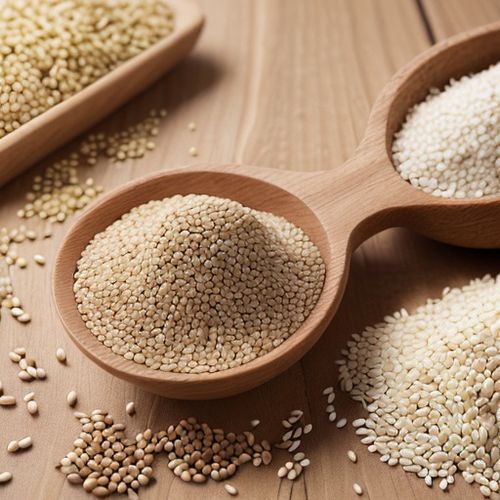
By George Bailey/May 12, 2025

By Amanda Phillips/May 12, 2025

By Victoria Gonzalez/May 12, 2025

By Thomas Roberts/May 12, 2025
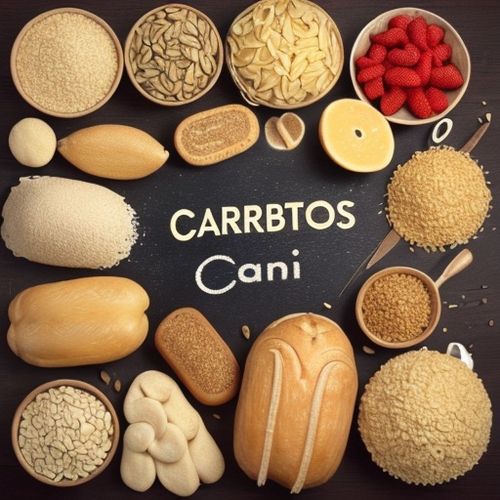
By Benjamin Evans/May 12, 2025
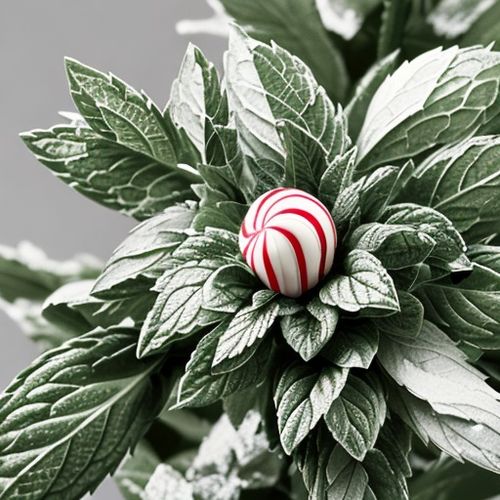
By Natalie Campbell/May 12, 2025
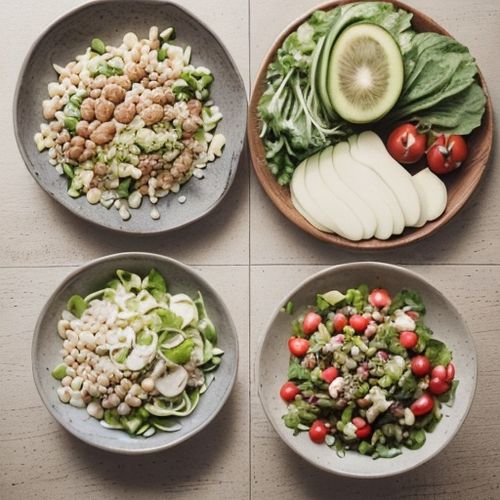
By Samuel Cooper/May 12, 2025
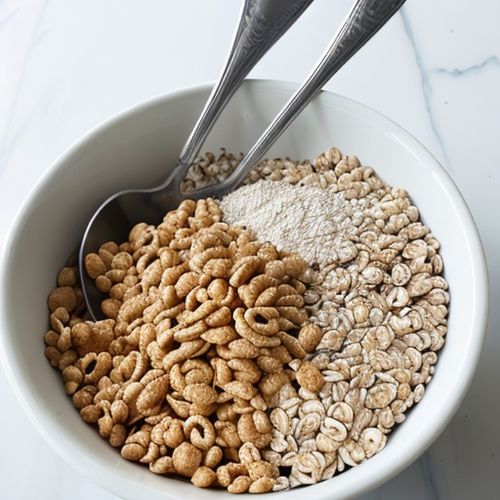
By Eric Ward/May 12, 2025

By Lily Simpson/May 12, 2025
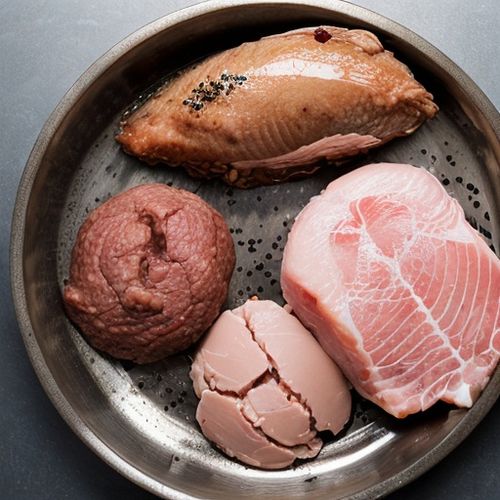
By Megan Clark/May 12, 2025

By Christopher Harris/May 10, 2025

By Ryan Martin/May 10, 2025

By Thomas Roberts/May 10, 2025

By Emma Thompson/May 10, 2025
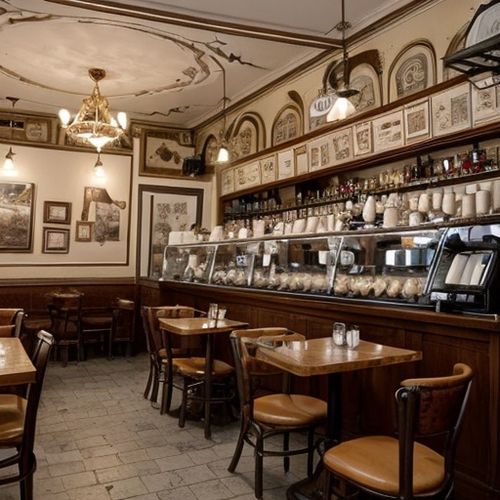
By Ryan Martin/May 10, 2025

By Michael Brown/May 10, 2025
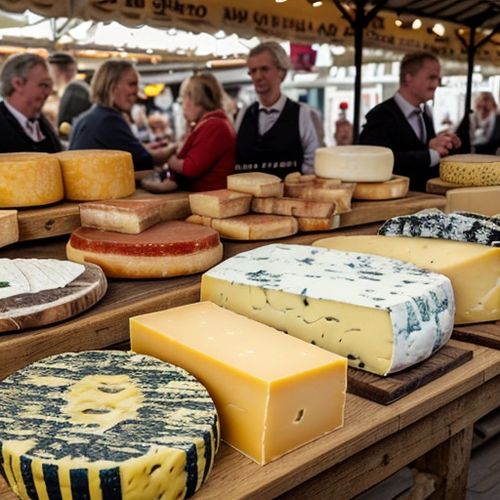
By Sophia Lewis/May 10, 2025

By Eric Ward/May 10, 2025

By George Bailey/May 10, 2025

By Elizabeth Taylor/May 10, 2025